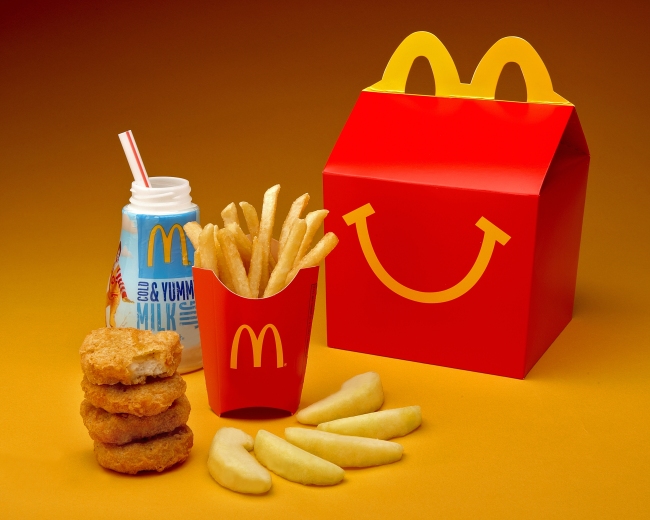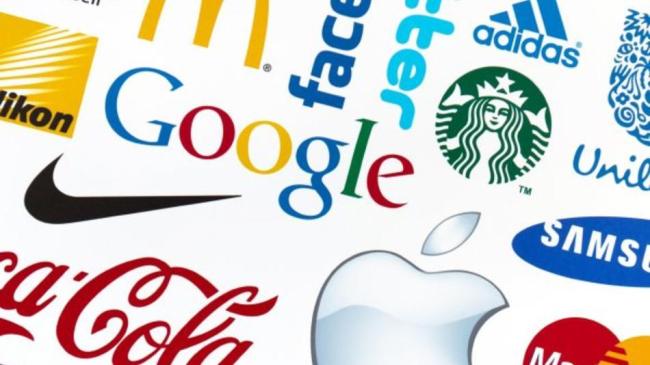McDonald’s made the mistake of toying with tragedy.
Advertisements were spotted (as seen blow) that attempt to play on the lighter side of depression, relating it to the Big Mac. Big Mistake.
The world-renowned fast food chain claims that it was all an error in ad processing, and that the advertisement hit the streets before it had been finalized and approved.
According to a spokesperson, McDonalds absolutely does not believe that depression should be trivialized.
What can be done during a mistake like this for a company as huge as McDonalds?
-Apologize. No matter what has happened, offer your condolences with those who have been offended or affected as quickly as possible. McDonald’s response was factual to their disconnection of the incident and closed with their sincere regrets.
-Have those who made the mistake admit it. Lucky for McDonalds, they got on this right away and the president of the ad house quickly issued a statement to The Huffington Post that it had no approval from McDonalds to print the advertisement.
-Take them down. Quick. The tasteless advertisement only appeared in the Massachusetts Bay area. Upon notification of the incident, McDonalds successfully had every ad pulled.
McDonalds had a phenomenal response, what else would be expected of the fast food super giant? Even Perez Hilton recognized that it was merely a slip-up.
Their highest concern now should be the close speculation of their advertising. This advertisement went viral, another one would be epic. As with all crises, that close eye may very well be the type of attention that McDonald’s would love to have.
Here’s a video highlighting more advertising flubs: http://www.youtube.com/watch?v=mMpTiSd-Ugc




